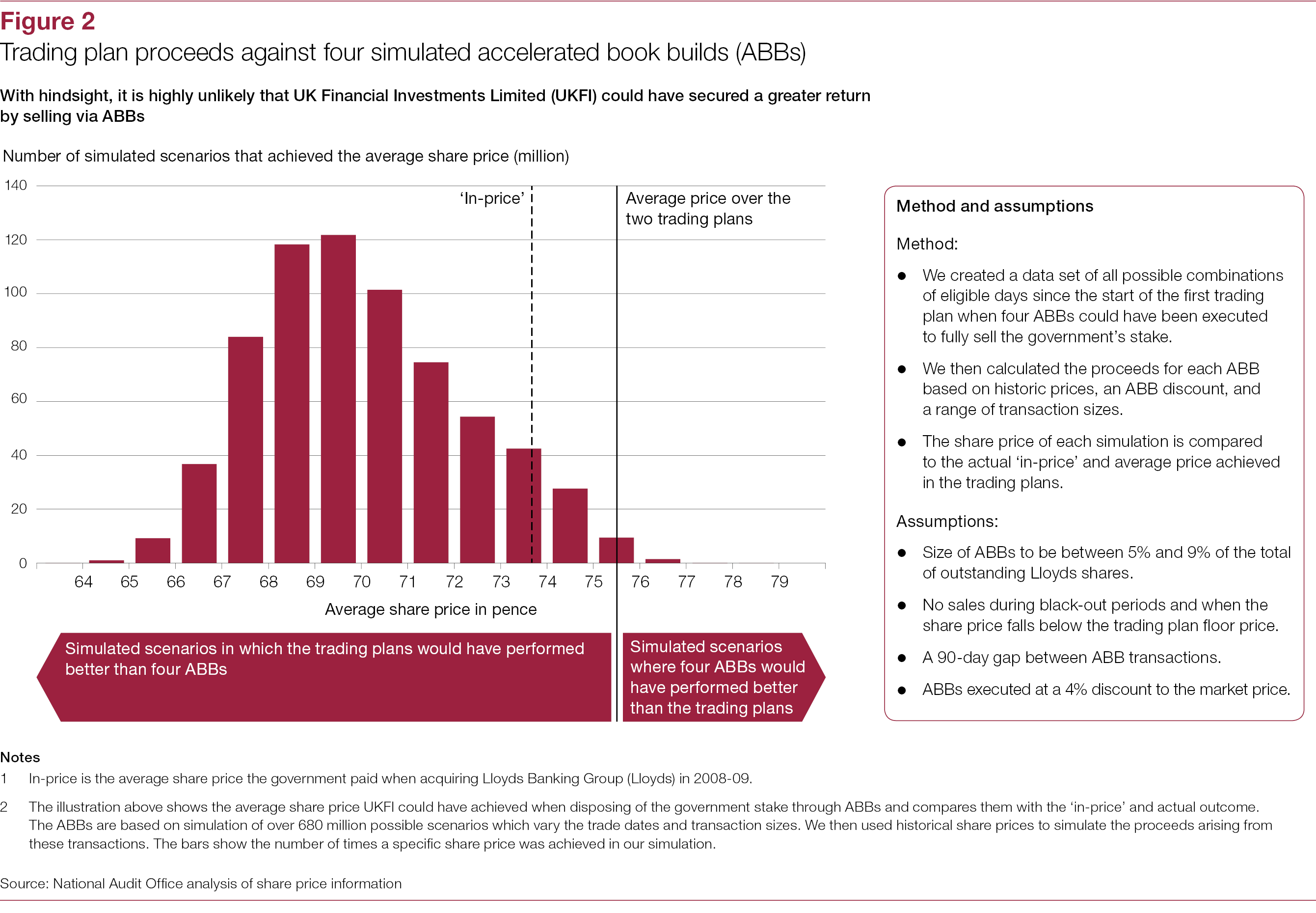

In the UK, an estimated one in five households rent privately. This includes the shortage of housing and rise in the number of families renting. Increasing demand for rental propertiesĪ number of factors are encouraging more large companies to enter the private rented sector.

Throughout the COVID-19 pandemic, build-to-rent even remained particularly resilient with room for further growth in the future. Now, more than 10,000 new build-to-rent homes were built in the last two years alone, according to data from the British Property Federation.Īdditionally, the build-to-rent market is already on track for a year of record investment as a mix of small and large landlords are seeing the benefits of investing in the sector. The sector has grown quickly from a standing start only a decade ago. This venture by Lloyds Bank is the latest example of institutional investment into the build-to-rent sector. Additionally, retail chain John Lewis announced plans to convert unused floor space in its department stores into rental properties. In recent years, several big-name insurers and fund management groups have entered the private rental sector. This shows the confidence the company has in the private rented sector. Citra Living has projected that after investing in 10,000 homes, it will have a balance sheet worth around £4bn and create approximately £300m pre-tax profit. The Financial Times believes the mortgage lender is entering the private rental business to diversify its sources of income.īecoming a landlord would deliver a new source of income for Lloyds Banks at a time when interest rates are at record lows. This announcement comes during the first week of Charlie Nunn’s tenure as chief executive of Lloyds Bank.

Lloyds Bank is also the first major high street bank in Britain to make the move into the private rental market. In the coming years, this investment by the banking group would make it larger than Grainger. The company would then purchase the rental element of the developments.Ĭurrently, the largest private landlord is Grainger, which has more than 9,000 homes and a pipeline to build an additional 8,850. Citra Living will work with housebuilders to identify sites. In 2022, the company plans to invest in an additional 400 properties. Citra Living has purchased 45 flats within a build-to-rent development in Peterborough, which is part of a target to buy 400 homes this year. The company has targets of owning 10,000 properties by the end of 2025. Last month, the bank launched its Citra Living arm, which is where this investment will be managed through. This is according to an internal job posting seen by the Financial Times. The banking giant aims to purchase 50,000 properties by 2030. Lloyds Banking Group, the UK’s biggest mortgage lender, is set to become the UK’s largest private landlord. In the coming years, the banking group plans to become a top private landlord with major investment in build-to-rent through deals with UK housebuilders.


 0 kommentar(er)
0 kommentar(er)
